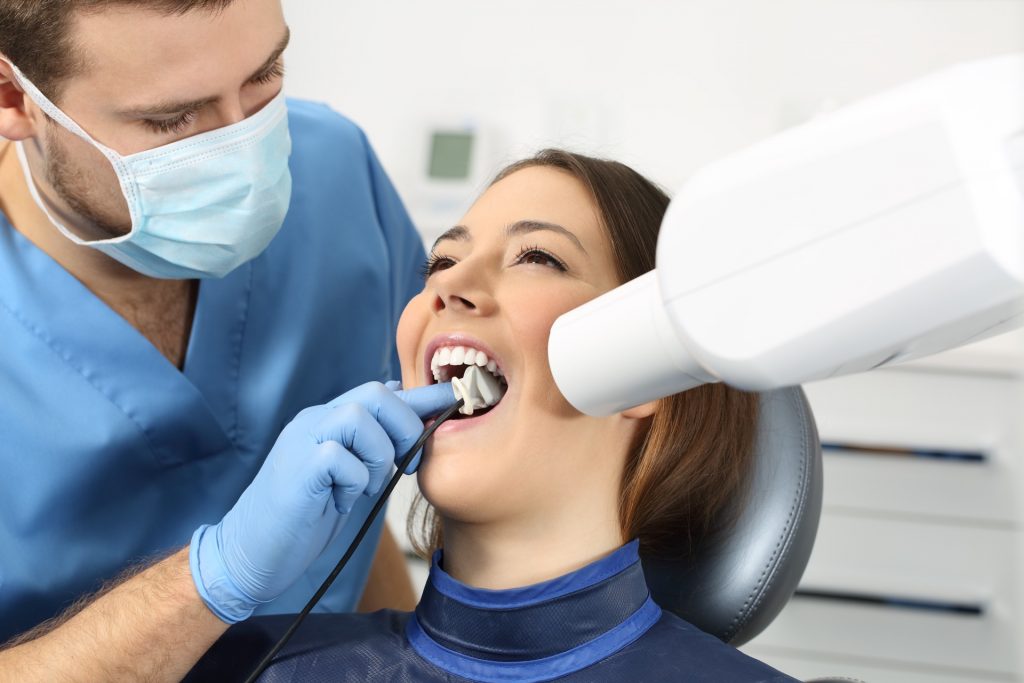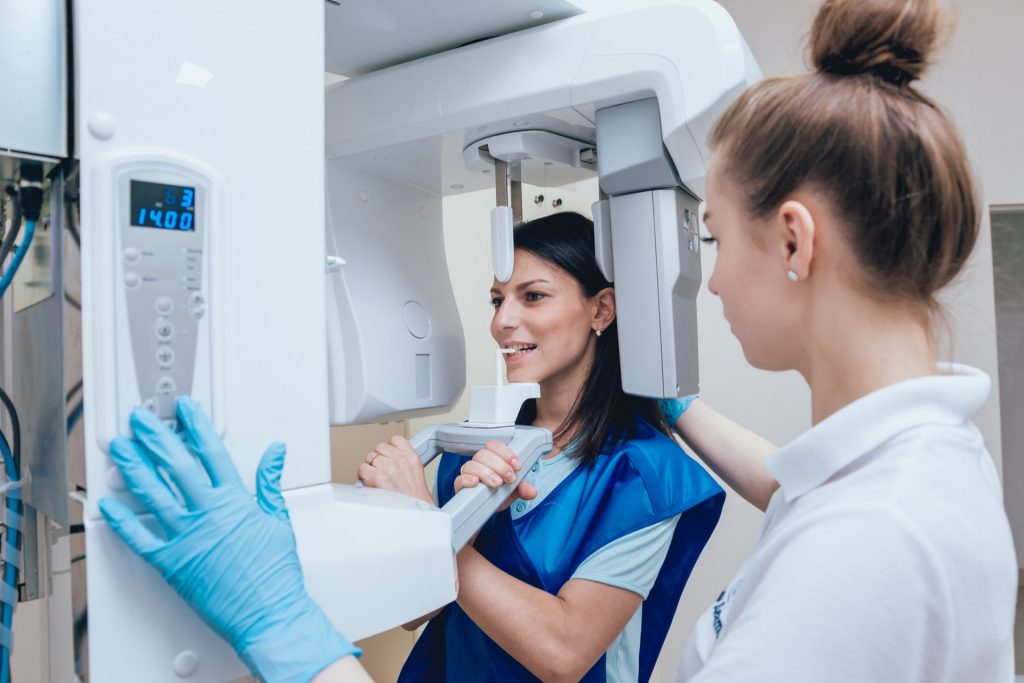Whether you know them as one of the few words that start with ‘x’ or their widespread use in the medical field, x-rays can tell us a lot about our body. Dental x-rays, in particular, are often used because of their ability to easily view and diagnose underlying teeth and oral issues. They are an important tool for a dentist and can tell them everything from potential cavities to jaw alignment issues.
Are Dental X-Rays Harmful?
Firstly, unlike other medical x-rays, dental x-rays produce significantly less radiation and are not considered harmful or dangerous. While they still produce some radiation, the levels are low enough to be safe for both children and adults.
The exception to this is pregnant women who should avoid any sort of radiation exposure of any kind, x-ray or otherwise. This ensures their child develops normally, but it’s also a precautionary measure since pregnant women are more susceptible to gum disease.
As a protective measure, a lead-lined ‘bib’ is used to cover the thyroid, abdomen, and pelvic region to prevent any additional radiation exposure to the body.
Types of Dental X-Rays
In order to get the proper imaging, there are a few different types of x-rays that are used:
- Bitewing: This type of x-ray involves the patient biting down on a special pad for the dentist to see how the crowns of your teeth match up and if there are any signs of tooth decay or cavities.
- Panoramic: A panoramic dental x-ray shows gives the most complete view of the mouth out of all the other x-rays in one image. It’s often performed by dentists when they are looking to plan treatment for dentures, braces, implants, or extractions. It can also provide a dentist with additional valuable information about the maxillary sinuses, tooth positioning and other bone abnormalities.
- Occlusal: Primarily, this x-ray is used to see how your top and bottom teeth line up. However, it can also be done to detect anatomical abnormalities with the floor of the mouth or the palate.
- Periapical: Not used as often, this specific x-ray is taken to focus on two teeth from root to crown. Think of it as a ‘tooth close-up’.
Why Are Dental X-Rays Important?
Like other x-rays, dental x-rays are used to view what can’t be seen using our eyes. They are especially important in the dental field because of how much easier it makes diagnosing underlying conditions. As part of routine checkups, they are often used to assess if there are any dental diseases, but they also provide a window into isolating specific issues patients might be experiencing.
Unlike other imaging tools, x-rays also show the root of the tooth which gives dentists the opportunity to check for the presence of cysts, abscess, and other masses. In many ways they are a window into the inner condition of the mouth and have helped many people get the proper treatment they need.
Dental x-rays are clearly important and are a simple way to diagnose patients properly and effectively. They help dentists find issues that would otherwise not have been treated and help people move forward and get the help they need.


